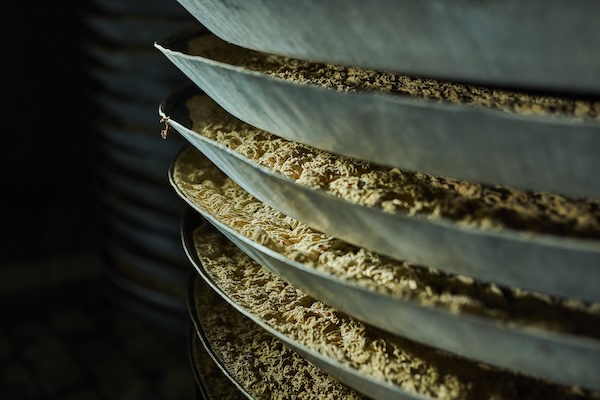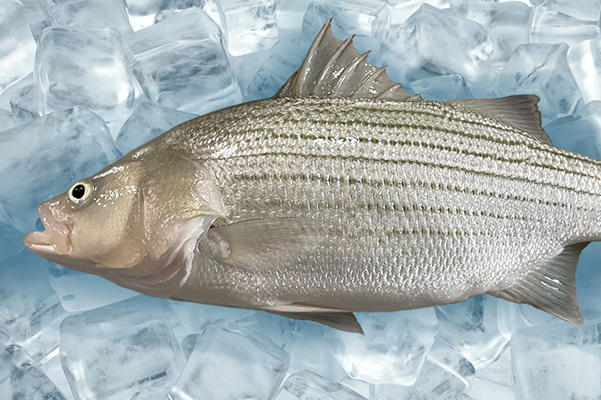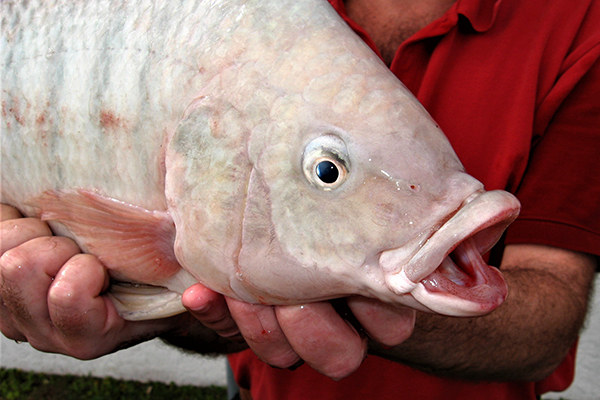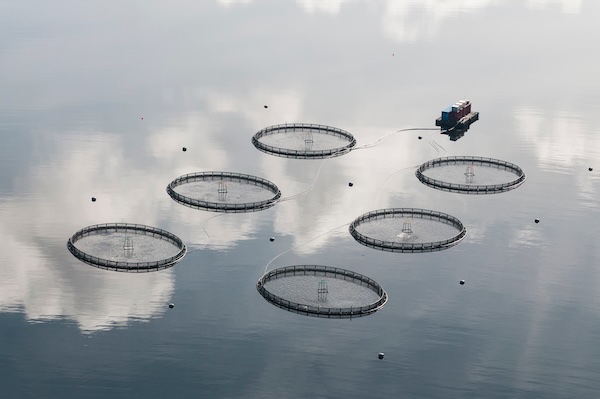MycoFence® β-glucan enhances disease resistance in Atlantic salmon

New research reveals that β-glucan from Aspergillus niger mycelium, branded as Mycofence®, significantly enhances disease resistance in Atlantic salmon, outperforming commercial yeast β-glucan in combating ulcerative diseases.
MycoFence® is an organic immunity booster that’s rich in high-quality beta. Derived from mycelium, it’s an eco-friendly and sustainable resource.
“Our research clearly demonstrates that MycoFence®, a novel β-glucan derived from Aspergillus niger, significantly improves the immune response and survival rates of Atlantic salmon during ulcerative disease outbreaks,” said Dr. Fabio Zanuzzo, lead researcher. “These findings provide a promising alternative to commercial yeast β-glucan and can greatly benefit aquaculture practices.”
Onda, a prominent contract research organization specializing in aquatic animal health, unveiled the groundbreaking research findings in partnership with Citribel, a Belgian producer of citric acid and mycelium. The study involved feeding Atlantic salmon with diets containing different levels of MycoFence® and commercial yeast β-glucan. Following a five-week feeding phase, the fish underwent an immersion challenge with T. maritimum or M. viscosa. Growth performance, mortality rates, lesion scores, hematology and immune markers were analyzed.
Findings reveal that salmon fed with Mycofence® exhibited significantly higher survival rates compared to those fed with commercial yeast-derived β-glucan, with no difference from the control group. Mycofence® also triggered a notable up-regulation of the cr3 transcript, essential for immune response and β-glucan recognition, shedding light on its enhanced disease resistance mechanisms.
Further, the results show MycoFence® reduced mortality from T. maritimum infections by 42.6 percent and from M. viscosa outbreaks by 31 percent, outperforming the commercial yeast β-glucan. Importantly, Mycofence® did not affect the salmon’s growth performance, with no significant differences in weight or growth between diet groups.
Now that you've reached the end of the article ...
… please consider supporting GSA’s mission to advance responsible seafood practices through education, advocacy and third-party assurances. The Advocate aims to document the evolution of responsible seafood practices and share the expansive knowledge of our vast network of contributors.
By becoming a Global Seafood Alliance member, you’re ensuring that all of the pre-competitive work we do through member benefits, resources and events can continue. Individual membership costs just $50 a year.
Not a GSA member? Join us.
Author
Tagged With
Related Posts

Health & Welfare
Scientists develop a novel green alternative to treat Streptococcus bacteria in hybrid striped bass
Novel antimicrobial protein and treatment effectively cures Streptococcus iniae infections in hybrid striped bass, researchers say.

Health & Welfare
Biotech researchers launch evidence-based program to improve tilapia production with functional yeasts
An evidence-based program from Phileo by Lesaffre aims to improve tilapia gut health and support disease prevention strategies using functional yeasts.

Health & Welfare
Tool in development aims to improve sea lice predictions and fish health
A new tool is being developed to improve sea lice predictions and enhance fish health with more reliable, consistent data.

Health & Welfare
Salmon farmers in Scotland cut antibiotic usage by more than 50 percent in 2022
Less than 10 percent of seawater salmon farms in Scotland used antibiotics in 2022, according to a new report by the UK government.



